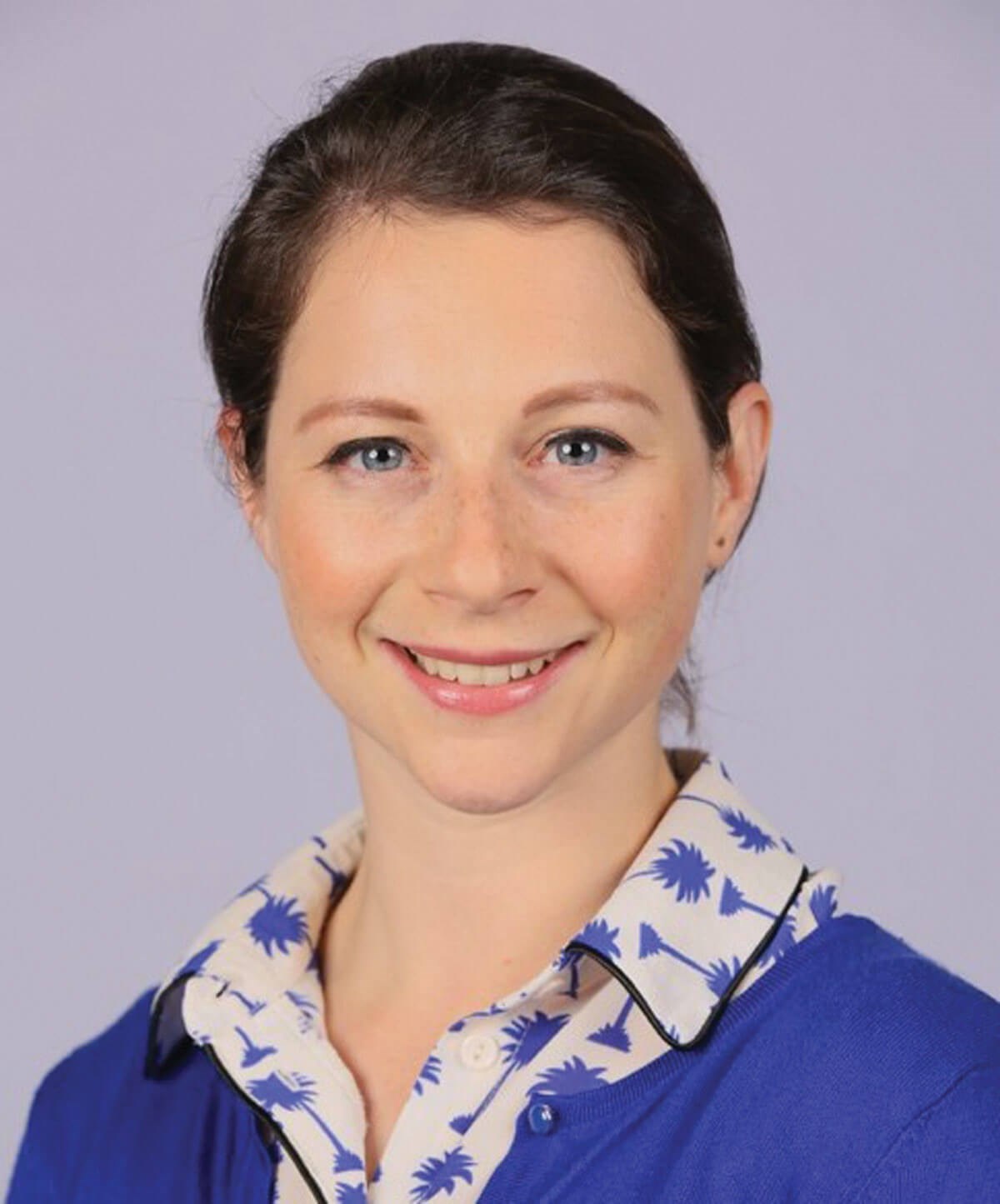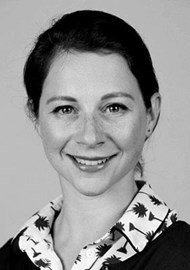Guest Section Editor

Katherine Conroy, MA (Cantab) MB BChir FRCS (ORL-HNS),
Wythenshawe Hospital, Manchester, UK.
Identity is a nebulous concept that has engrossed philosophers since ancient times. It is, at once, how we feel about ourselves and how others perceive us, differences and similarities, the internal and external. While ENT intersects with many different aspects of identity, it is too complex a relationship to be viewed from a purely surgical viewpoint, and I hope the following articles reflect this.
We start with medical artist Lucy Burscough as she literally and figuratively paints a portrait of Bern Corri’s journey through sinonasal cancer treatment, revealing the indomitable personality behind the prosthesis. Next, Peter Cawrey considers his relationship with his voice after laryngectomy, and how the Shout at Cancer choir has given him comradeship in shared identity while simultaneously enabling him to move past his ‘patient’ status. These accounts allow us to glimpse beyond the medical ‘snapshot’ we see in clinic to the real-life effects of cancer on visual and vocal identity.
Looking at professional identity from the perspective of an early-career surgeon, Oloruntobi Rotimi explains why Black role models are important in ENT. He uses the case of David Kearney McDonough to illustrate how we can approach historical systemic racial biases, some of which persist today. The consequences of this are evident in medical anthropologist Carmen Alvaro Jarrin’s account of rhinoplasty in Brazil – a country where a booming plastic surgery industry collides with vast racial inequalities. She attributes the surgical profession’s reinforcement of social and cultural bias to its lack of diversity. The instances she observed during her research – where the primary aim of surgery was often to make the patient appear ‘more White’ – are overt and extreme examples of this, but they nevertheless give pause for thought about how the language, measurements and categories we use when describing noses in relation to ethnicity may be interpreted.
Finally, Finnish laryngologist and founding member of International Association of TransVoice Surgeons, Geneid Ahmed, presents his extensive experience facilitating vocal feminisation, and its role in trans healthcare and beyond.
Although these articles may be somewhat of a departure from this section’s usual, predominantly surgical, authorship, I hope these contributions from multiple disciplines can capture a wider array of the many facets of identity that connect with ENT, and a more comprehensive appraisal of our roles in these as ENT surgeons.
CLICK BELOW FOR THE ARTICLES










